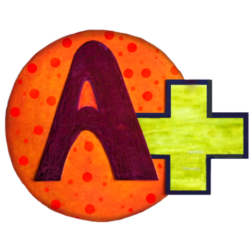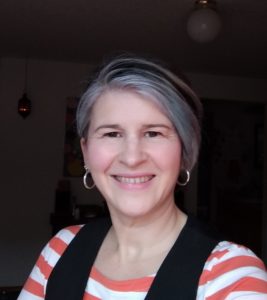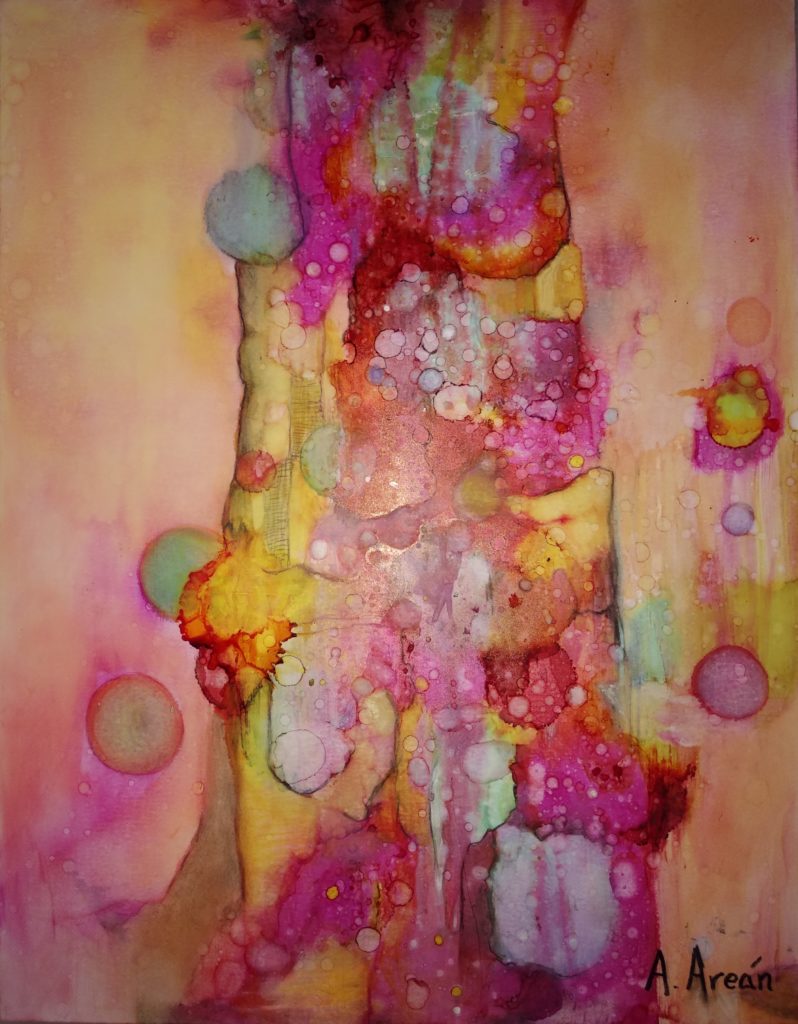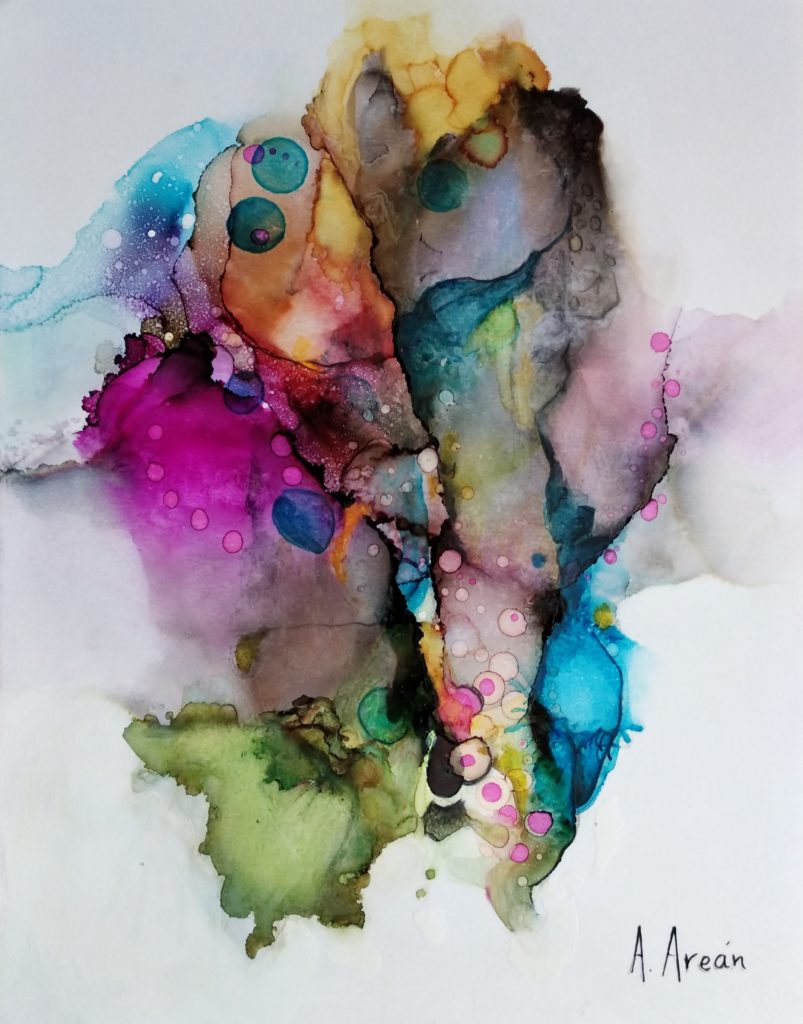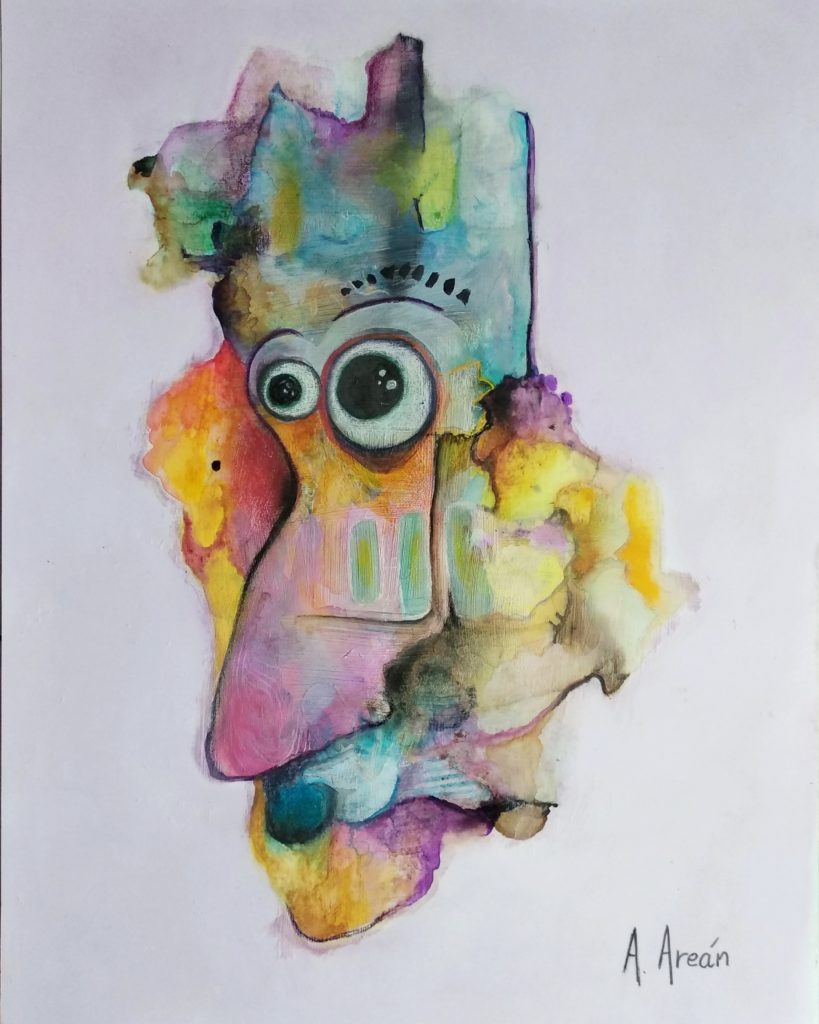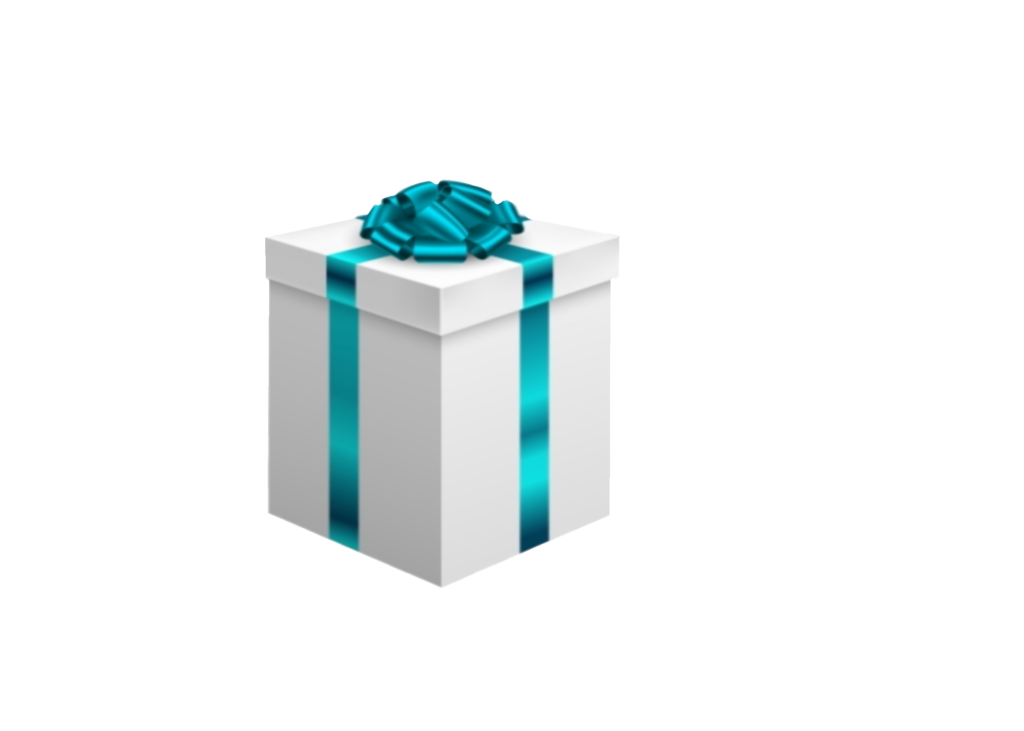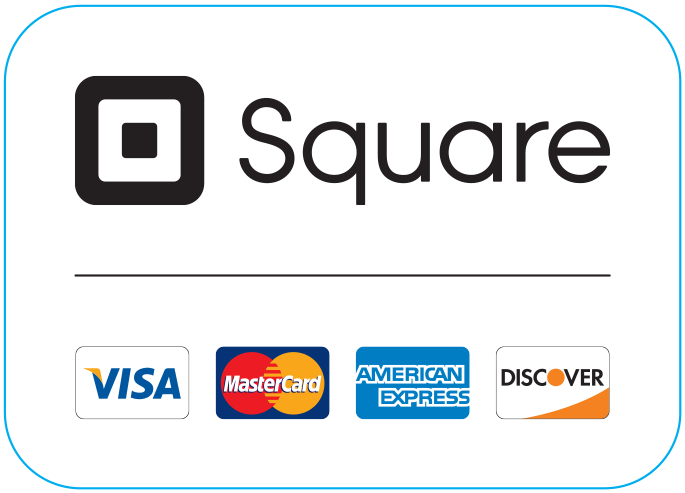The Benefits of Massage Therapy
Massage therapy is a powerful tool for relieving stress and promoting overall health. Whether stress stems from work, family obligations, health issues, or injuries, massage can provide immediate relief for both the body and mind.
Chronic stress is linked to many diseases, and minimizing stress through regular massage therapy may be key to a longer, healthier life.
Key Benefits of Massage Therapy:
-
Stress Relief: Reduces both physical and emotional stress, promoting overall well-being.
-
Improved Body Alignment: Helps correct posture issues developed from tension, excess weight, and muscle imbalances.
-
Pain Reduction: Effective for muscle tension, headaches, and chronic pain conditions.
-
Enhanced Circulation: Increases blood and lymph flow, improving oxygen distribution and digestion.
-
Muscle Relaxation: Eases muscle stiffness, improving flexibility and movement.
Deep tissue: is an excellent option for pain relief, especially valuable for chronically tense areas such as a stiff neck, sore shoulders, or a tight lower back. This massage technique uses slower movement and deep pressure. It is designed to ease pain and muscle tension. Deep tissue massage reaches the deep layers of muscles, tendons, and fascia (connective tissue). The objective in deep tissue massage is to breakdown adhesions which cause discomfort, pain, swelling, and limit motion of the joints and muscles.
Myofascial release: Myofascial Release is a safe and very effective hands-on technique that involves applying gentle sustained pressure into the connective tissue restrictions to eliminate pain and restore motion. These restrictions can be caused by numerous factors, such as trauma, musculoskeletal conditions, repetitive stress syndrome, and poor posture.
Fascia is a continuous web of fine tissue that surrounds all structures in the body including muscles, nerves, vessels, and bones. It plays a crucial role in movement, stability, and overall physical function. Because fascia is interconnected, releasing restrictions in one area can positively affect other parts of the body, promoting overall balance and well-being.
Swedish massage: Swedish massage offers deep relaxation, helping improve circulation and reduce tension. This is among the most popular massage techniques and uses light to medium pressure and more prolonged, gentler strokes. The objective of Swedish massage is to reduce muscle tension and boost blood circulation throughout the body.
Sport massage: is a stimulating massage, perfect for athletes who are aiming to achieve maximum performance and physical fitness while reducing the chance of future injury. A sports massage typically concentrates on particular areas in the body relevant to the sport, such as shoulders, knees, neck, back, hips, feet, or arms….. Sport massage techniques may include therapeutic stretching, trigger point massage, and percussive methods in order to enhance blood circulation and minimize muscle stiffness.
Motor vehicle accident(MVA): massage work on injuries by decreasing inflammation, reducing pain, improving your range of motion, and relaxing muscles. Massage stimulates the healing of injuries such as whiplash, neck and back injuries, headaches, and muscle spasms. Massage also strengthens your immune system and relieves stress, anxiety, and other emotional symptoms that often arise following an accident.
When you get into an accident, your muscles contract to “protect” you. Unfortunately, they may be traumatized after the accident and stay in that contracted state. When your muscles stay contracted over a long period of time, they can cause pain and a decreased range of motion. Traumatized muscles may also pinch nerves that cause tingling, numbness, and weakness in the limbs. This muscular trauma only gets worse if it’s never properly treated. Regardless of how long it’s been since your car accident, massage therapy can help address that muscular trauma and improve your recovery.
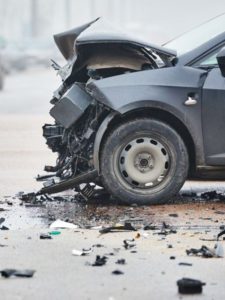 If you are injured in a motor vehicle collision in Oregon, it is your right to seek treatment from providers of your choice. PIP covers all health care, including massage therapy. That means they will pay for treatments related to your injuries for up to one year from the date of the incident OR until your PIP benefits ($15,000) are exhausted. This is whether you were the driver, passenger, pedestrian, or bicyclist in the accident. You are covered regardless of who is at fault.
If you are injured in a motor vehicle collision in Oregon, it is your right to seek treatment from providers of your choice. PIP covers all health care, including massage therapy. That means they will pay for treatments related to your injuries for up to one year from the date of the incident OR until your PIP benefits ($15,000) are exhausted. This is whether you were the driver, passenger, pedestrian, or bicyclist in the accident. You are covered regardless of who is at fault.
Massage therapy treatment must be prescribed by your family doctor, primary care provider or Chiropractic Dr. I will take care of the billing proccess.
Reiki: is a spiritual healing practice, energy therapy. Reiki works on the entire self: mind, body and emotions. It is universal life force energy. Reiki treatments typically last about an hour. During the treatment you will lay on a massage table, fully clothed. I will gently places my hands palms down on different parts of your body to channel energy. There is no pressure, massage or manipulation. Reiki has no known contraindications and can be safely used alongside any medical or therapeutic treatments.
Tui Na: Tuina generally follows the acupuncture points and channels. You are fully clothed. I use pressure with fingers, hands, elbows, knees or other body parts to remove the blockages that cause pain and illness. It is one of the four main traditional Chinese medicine branches.
Cupping: Dry cupping is a non-invasive ancient practice where cups are placed on the skin to create a vacuum effect. This suction pulls the skin and underlying tissues into the cup, helping to increase blood circulation, loosens muscles, and helps to detoxify the body. It is commonly used to treat pain, inflammation, and muscle stiffness.
The marks that appear after a cupping session are stagnant blood and toxins being drawn to the surface of the skin. They are usually painless and fade over time, typically within a few days.
Prenatal Massage
Prenatal massage is designed to support the physical and emotional changes that occur during pregnancy. It is typically performed with the client lying on their side, supported by bolsters, or using a body cushion to comfortably lie face down, as shown in the picture below. This therapy helps alleviate common pregnancy discomforts such as sleep disturbances, digestive issues, and physical pains.
Postnatal Massage
Postnatal massage focuses on helping the body recover after childbirth and provides relief to the new mother. It aids in reducing sleep deprivation, relieving neck and shoulder aches from nursing and carrying a newborn, and promoting overall well-being. The massage can range from light to deep pressure, targeting muscle strengthening, improving circulation, and restoring proper posture.
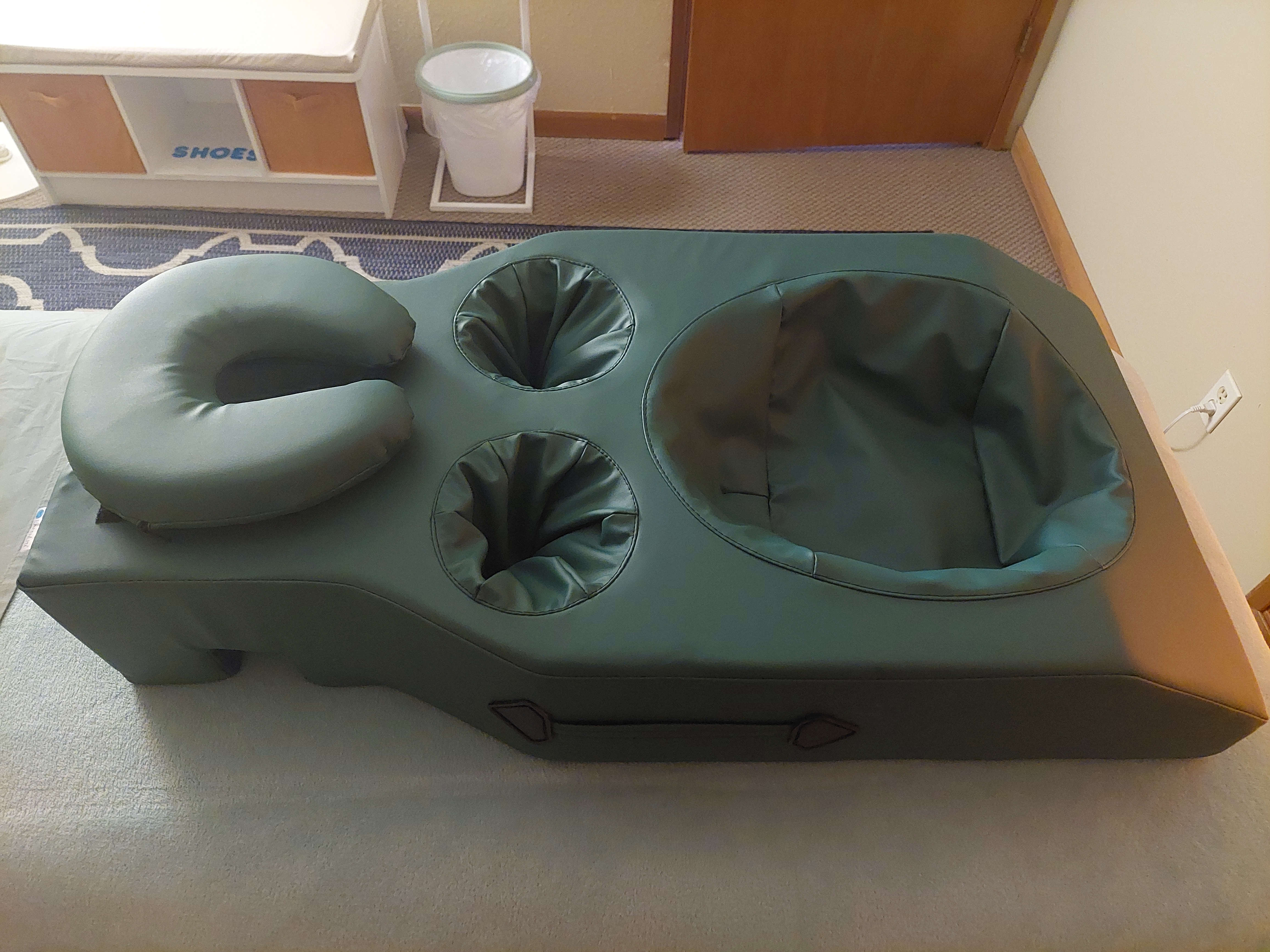
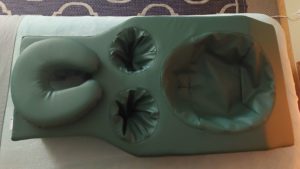
You can have the massage lying on your stomach using this pregnancy cushion. I am sure that you will apreciate to have the option to lie on your belly with safety and comfort.
Reflexology
Reflexology is a therapeutic form of massage that focuses on specific pressure points on the feet, hands, and ears. These points correspond to various organs, glands, and systems in the body. By applying gentle, alternating pressure to these areas, reflexology helps to promote balance, ease pain, support better sleep, and reduce anxiety.


